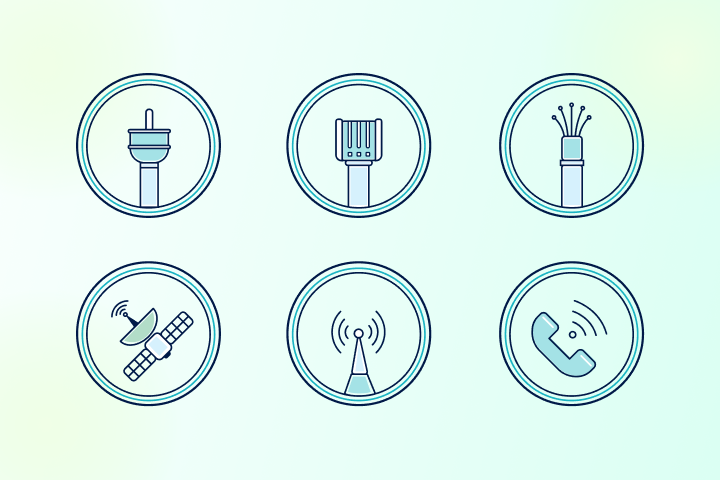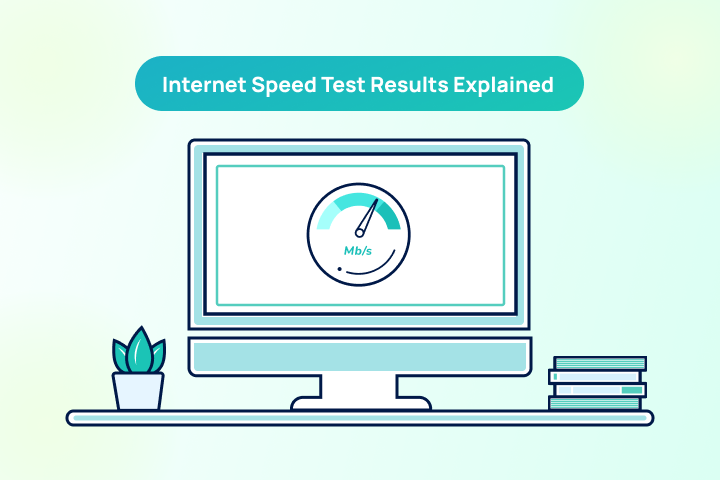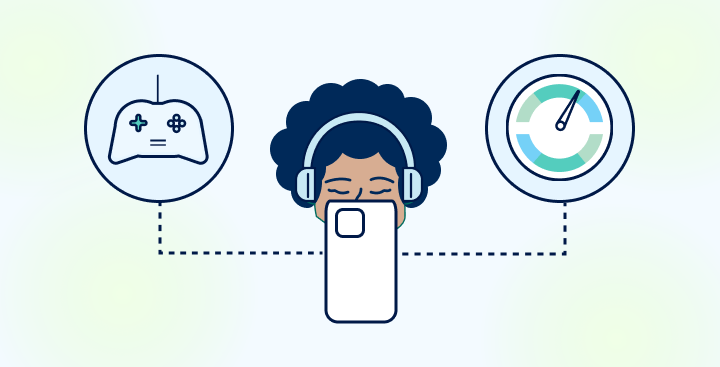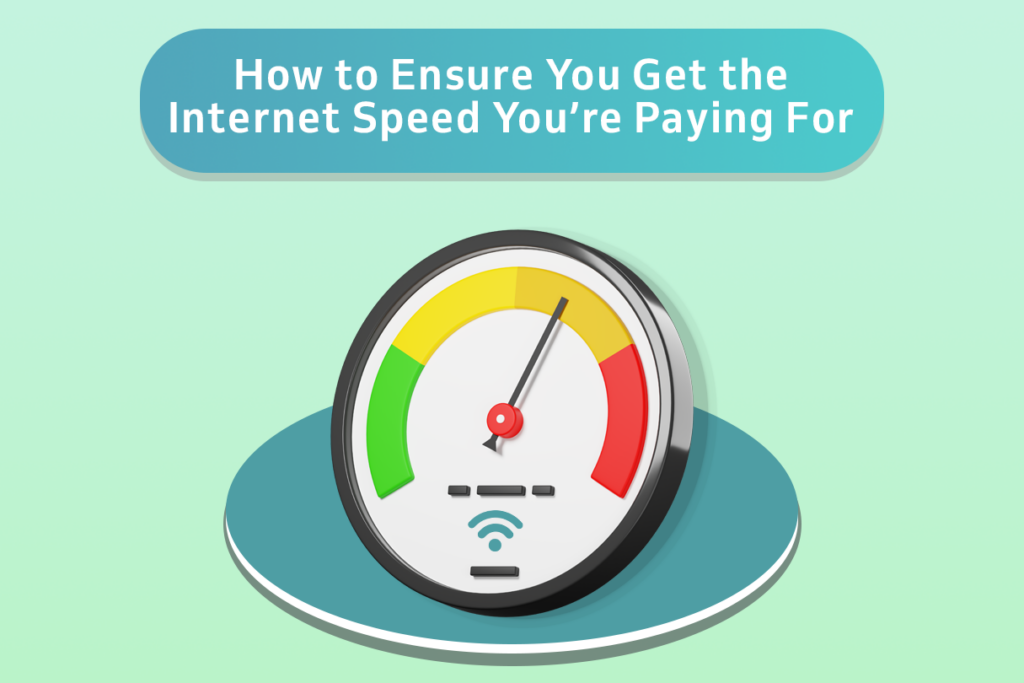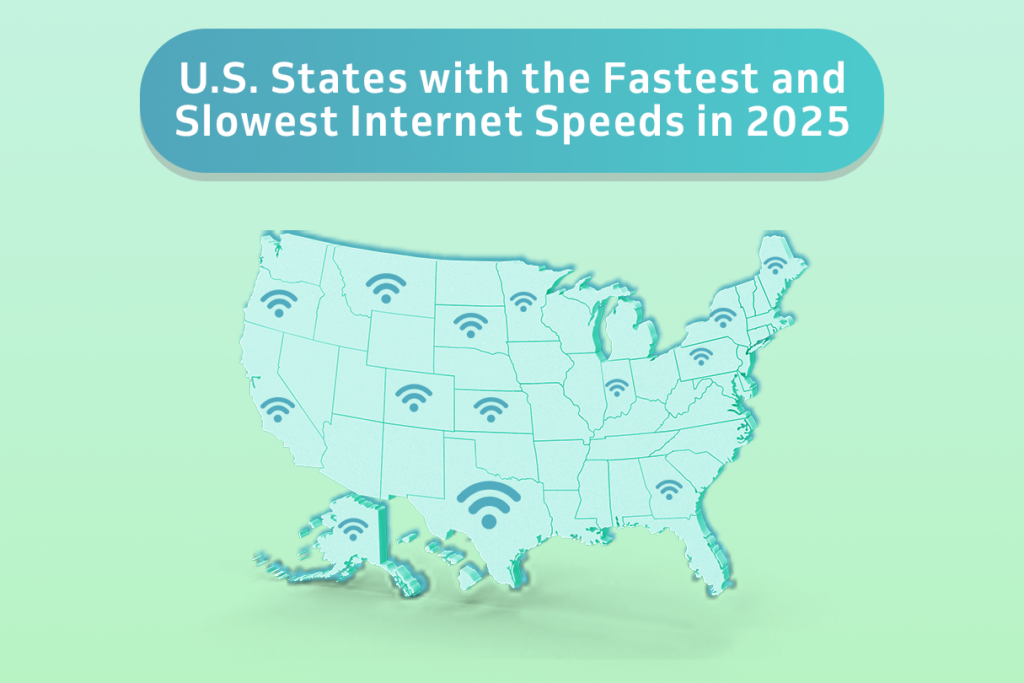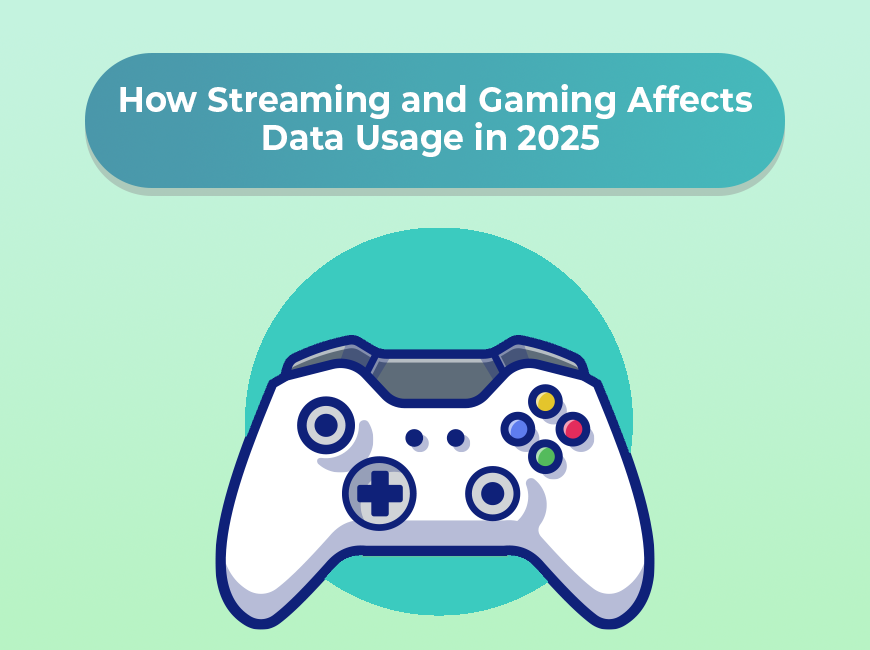When you’re staring down a list of types of internet connections, it can feel like you need a degree in engineering just to pick a plan. We’ve all been there; trying to decipher whether fiber is actually better than cable, or if 5G is just a buzzword.
If you’re reading this, you probably want to know which connection will stop your video calls from freezing or your movies from buffering. In this guide, we’ll break down the six most common home internet options, covering everything from speed and reliability to availability. We’ll also help you evaluate your current performance with our new speed test thresholds:
Poor, Average, and Excellent
So, you can see if your current setup is making the grade.
Key Takeaways
- Availability is King: Most U.S. households only have access to 2-3 internet connection types, with cable and DSL being the most common.
- Know Your Thresholds: Understanding if your speed test results fall into Poor, Average, or Excellent ranges helps diagnose if your ISP is delivering what you pay for.
- Fiber Wins on Speed: Fiber internet is generally the best internet connection for speed and reliability, but it has limited availability compared to cable.
- Rural Options Exist: Satellite and Fixed Wireless are vital lifelines for areas where wired connections like cable or fiber aren’t available.
Internet Connections at a Glance
There are six main internet connection types available today: Fiber, Cable, DSL, Satellite, Fixed Wireless, and 5G. The main factor in your decision is usually availability; depending on where you live, you likely have access to only two or three of these.
Here is a quick breakdown of what each type typically offers:
| Internet Type | Download Speed Range* | Starting Price Range* | % of US Pop. with Access** |
| Fiber | 100 – 10,000 Mbps | $35.00 – $299.95/mo. | 40% |
| Cable | 25 – 1,000 Mbps | $19.99 – $120.00/mo. | 88% |
| DSL | 10 – 150 Mbps | $19.99 – $69.99/mo. | 89% |
| Satellite | 12 – 150 Mbps | $49.99 – $99.00/mo. | 99% |
| Fixed Wireless | 5 – 50 Mbps | $29.99 – $99.00/mo. | 43% |
| 5G | 50 – 10,000 Mbps | $50.00 – $70.00/mo. | 75% |
*Speeds and prices are market averages and vary by location.
**Percentages based on FCC internet availability data.
Need to know if you’re getting what you pay for? Read our guide on how to ensure you get the internet speed you’re paying for and learn more about understanding internet bandwidth vs. speed.
How Much Internet Speed Do You Need?
Before choosing the best internet connection for your home, you need to know your speed requirements. If you have a house full of smart devices, gamers, and remote workers, you’ll need significantly more bandwidth than a single user checking email.
Find how much Internet Speed do you need
Your household may want faster internet speeds.
<50 Mbps
Great for individuals to browse the internet, check email, and other basic browsing.
50-100 Mbps
Great for streaming Netflix, videos, and online meetings.
100-200 Mbps
Great for streaming high quality videos, fast downloads, video games, and multiple devices.
200+ Mbps
Great for doing almost anything at ultra fast speeds.
Once you run a speed test, you can classify your results as Poor, Average, or Excellent based on the connection type you have. This helps you determine if a slow connection is a result of your plan or a technical issue like ISP throttling.
Fiber Internet
Fiber is widely considered the best internet connection currently available. It uses fiber-optic cables made of glass to transmit data as light signals, allowing for incredibly fast speeds and lower latency compared to copper wires.
Performance Thresholds:
- Poor: <100 Mbps
- Average: 100 – 500 Mbps
- Excellent: 500+ Mbps
Pros:
- Fast symmetrical speeds (crucial for download vs upload speeds).
- Highly reliable and resistant to weather interference.
- Supports remote work and heavy multi-user households.
Cons:
- Can be expensive compared to DSL.
- Limited availability in many regions.
If you have access to gigabit internet, fiber is almost always the superior choice for avoiding lag during mobile gaming.
Cable Internet
Cable internet uses the same coaxial cables that deliver cable TV to your home. It is one of the most common types of internet connections in the U.S., offering a great balance of speed and availability.
Performance Thresholds:
- Poor: <25 Mbps or frequent dips below plan.
- Average: 25 – 200 Mbps.
- Excellent: 200+ Mbps.
Pros:
- Widely available across the country.
- Fast download speeds support high-quality streaming.
- Generally lower latency than satellite or DSL.
Cons:
- Bandwidth is shared with neighbors, so internet traffic affects speed during peak hours.
- Upload speeds are usually much slower than download speeds.
- Moderate-to-high pricing.
If you notice slowdowns in the evening, check our guide on 15 reasons for slow internet to see if network congestion is the culprit.
DSL Internet
DSL (Digital Subscriber Line) utilizes existing telephone lines to transmit data. While it’s one of the older different types of internet, it remains a vital option for areas where cable and fiber haven’t been deployed.
Performance Thresholds:
- Poor: <10 Mbps.
- Average: 10 – 50 Mbps.
- Excellent: 50 – 150 Mbps.
Pros:
- More affordable than fiber or cable.
- Widely available, even in rural locations.
- Dedicated line (not shared with neighbors like cable).
Cons:
- Speeds are significantly slower than modern connections.
- Distance from the provider’s hub can cause latency issues.
- Struggles with modern demands like 4K streaming or large downloads.
If you are on DSL and experiencing buffering, it might be helpful to learn what is a good internet speed for your specific usage habits to see if an upgrade is necessary.
Satellite Internet
Satellite internet wirelessly beams data from your dish to a satellite orbiting Earth. It is often the only option for rural residents who fall outside the range of wired home internet options.
Performance Thresholds:
- Poor: <12 Mbps.
- Average: 12 – 75 Mbps.
- Excellent: 75+ Mbps.
Pros:
- Available virtually anywhere with a clear view of the sky.
- Faster than dial-up and comparable to some DSL plans.
- Bypasses physical infrastructure barriers.
Cons:
- Expensive equipment and monthly fees.
- High latency makes it difficult for real-time activities like Zoom calls.
- Severe weather affects internet speed significantly.
Be mindful of data caps with satellite plans, and read our breakdown of internet speed test results explained to understand high ping times associated with satellite.
Fixed Wireless Internet
Fixed wireless delivers internet via radio waves transmitted from a local tower to a receiver on your home. It bridges the gap for underserved areas, offering a solid alternative among different types of internet.
Performance Thresholds:
- Poor: <5 Mbps.
- Average: 5 – 25 Mbps.
- Excellent: 25 – 50 Mbps.
Pros:
- Crucial for rural areas without cable/fiber access.
- Easier installation than wired infrastructure.
- Often supported by local, customer-focused ISPs.
Cons:
- Requires a direct line of sight to the transmission tower.
- Speeds can be unpredictable due to obstructions (trees, buildings).
- Can be pricey for the speeds delivered.
If your signal drops frequently, check if physical obstructions are one of the reasons for slow internet.
5G Internet
5G Home Internet is the newest player, utilizing cellular networks to provide high-speed home connectivity. It uses millimeter-wave bands to deliver ultra-fast speeds wirelessly.
Performance Thresholds:
- Poor: <50 Mbps.
- Average: 50 – 500 Mbps.
- Excellent: 500+ Mbps.
Pros:
- Very fast speeds with low latency.
- Easy setup (plug-and-play gateways).
- Great connectivity for mobile gaming apps.
Cons:
- Availability is still limited to major metro areas.
- Signal has trouble penetrating thick walls.
- Speeds can fluctuate based on network load.
To see if 5G is right for you, check how streaming affects data usage to ensure the plan’s data limits match your lifestyle.
Test Your Internet Connection
Regardless of which connection type you have, it is vital to run regular speed tests. This helps you identify if you are getting the “Excellent” speeds you pay for or if you are stuck in the “Poor” range.
Testing helps you identify:
- Download vs. Upload bottlenecks: Are your upload speeds fast enough for video calls?
- Peak usage drops: Does your cable speed tank at 7 PM?
- Throttling: Internet throttling is when your ISP intentionally limits your upload and download speeds.
Take the test now at TestMySpeed.com and compare your results against the thresholds listed above.
FAQs
Which internet connection is the fastest?
Fiber internet is currently the fastest, offering symmetrical speeds up to 10,000 Mbps in some areas.
Is fiber always better than cable?
Generally, yes. Fiber offers faster upload speeds and lower latency, but cable is more widely available and still supports high speeds.
Can satellite support gaming?
It can, but high latency (ping) often results in lag. Starlink and newer providers are improving this, but wired connections are preferred for gaming.
How do I know if my plan meets my needs?
Check your usage against our speed guide above. If you experience buffering or dropouts, test your speed and compare it to the “Poor/Average/Excellent” thresholds for your connection type.
Choosing the Right Internet Connection
Choosing the Right Internet Connection for Your Needs
Picking the right connection comes down to availability, household size, and budget. If you’ve optimized your router and are still seeing “Poor” results, it might be time to switch.
- Fiber: The gold standard for gamers, large families, and remote workers.
- Cable: The most common choice for high-speed streaming and general use.
- DSL: A budget-friendly backup for light users.
- Satellite/Fixed Wireless: Essential lifelines for rural connectivity.
- 5G: A cutting-edge wireless alternative for city dwellers.
Recommended Reading
